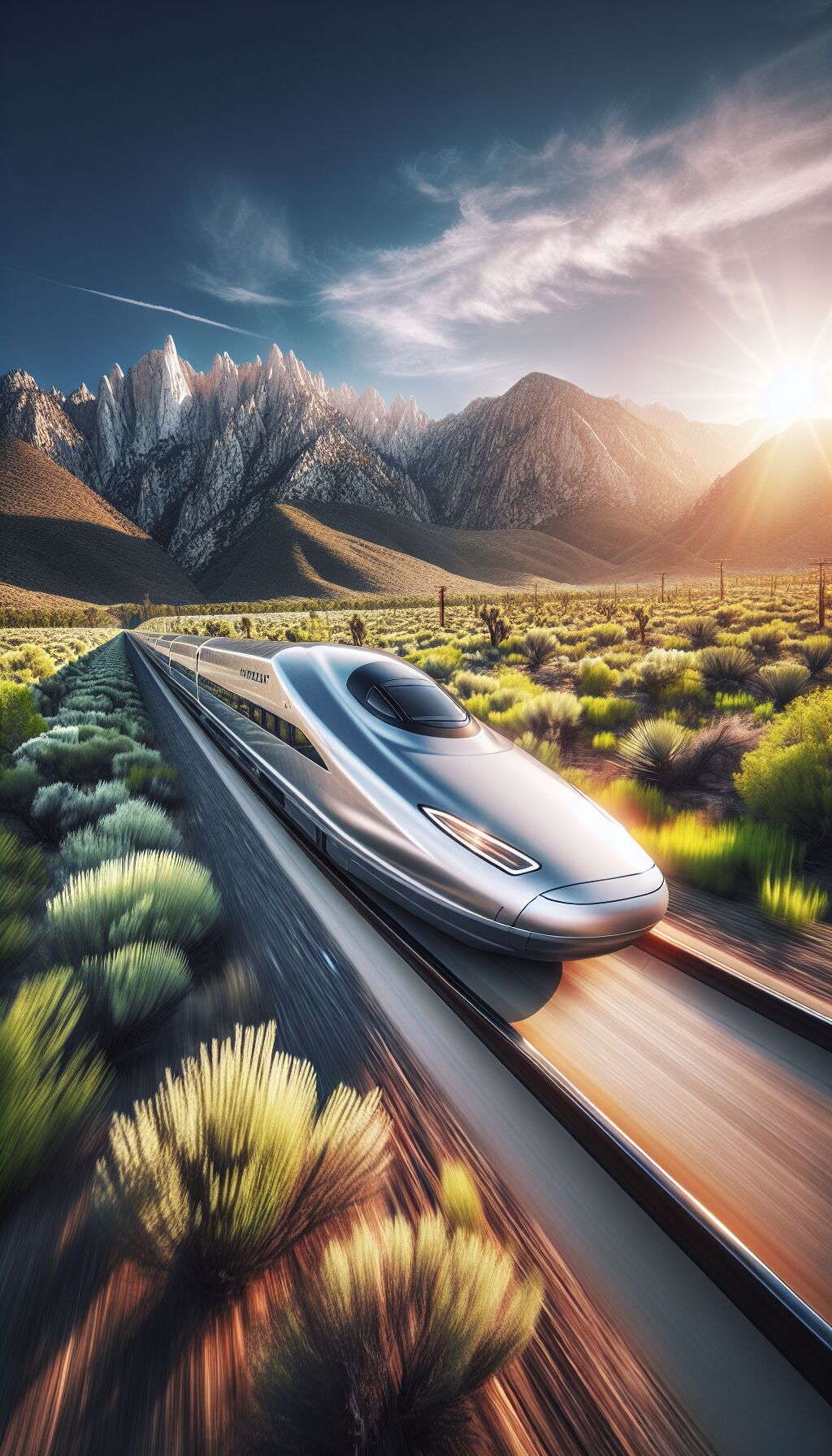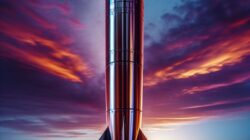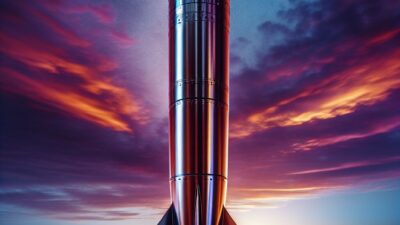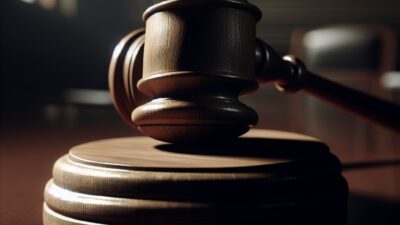Push for High-Speed Rail in California: A 6 Million Grant Application
In a significant move aimed at advancing California’s ambitious high-speed rail network, several leading Democrats from the state are urging the U.S. Department of Transportation to approve a crucial 6 million grant application. This funding, if granted, would bring the long-awaited high-speed rail project one step closer to reality.
The Funding Source
The proposed funds are part of a broader allocation set aside for “federal-state partnerships for intercity passenger rail grants” as promised under the 2021 Bipartisan Infrastructure Law. These funds were made available through the Consolidated Appropriations Act of 2024 and represent a crucial financial lifeline for the ongoing development of California’s high-speed rail project.
Democratic Leaders Take Action
Prominent California Democrats, including Sen.-elect Adam Schiff, Sen. Alex Padilla, and Representatives Jim Costa, Zoe Lofgren, and Pete Aguilar, are pushing for approval from Secretary Pete Buttigieg. In a letter addressed to the outgoing Cabinet member, they emphasized that progress on the “California Phase I Corridor” is vital for enhancing transportation networks not just for California but for the country as a whole.
Addressing Critical Needs
The letter underscored that the Phase 1 Corridor is designed to tackle critical issues such as climate change, access to health services, economic vitality, and connectivity, while alleviating the existing strains on highways and rail systems. Specifically, the lawmakers pointed out that crucial investments are to be directed towards tunneling through the Tehachapi Mountains in Southern California and the Pacheco Pass in Northern California.
“These investments will continue to support living wage jobs, provide small business opportunities, and equitably enhance mobility for communities in need — including disadvantaged agricultural communities — all while significantly reducing greenhouse gas emissions,” they stated in their correspondence to Buttigieg.
Interconnected Rail Systems
Lawmakers also pointed out that these tunnel constructions are necessary for connecting with other intercity passenger rail systems, including Brightline West, CalTrain, Metrolink, and the Altamont Commuter Express. Improved connectivity with these systems is expected to enhance the functionality and reach of California’s rail network.
Political Opposition and Budget Concerns
However, the high-speed rail project is not without its critics. California Republicans have voiced strong opposition, claiming that the project is nearly 0 billion over budget and significantly delayed. Prominent Republicans, including Rep. Kevin Kiley, have branded it as a “boondoggle.” Kiley stated, “I am very happy to report that the newly formed Department of Government Efficiency has honed in on perhaps the single greatest example of government waste in United States history — and that is California’s high-speed rail boondoggle.”
FLASHBACK: COMER TOUTS HUNTER BIDEN HEARING: RASKIN, SCHIFF ‘PULL STUFF OUT OF THEIR REAR’
The criticism has also extended to other influential figures in the Republican party. Entrepreneur and political figure Vivek Ramaswamy labeled the high-speed rail initiative as a “wasteful vanity project,” stating that it has consumed “billions in taxpayer cash with little prospect of completion in the next decade.” Ramaswamy underscored that former President Trump “correctly” rescinded billion in federal aid to the project in 2019, criticizing President Biden’s reversal of that decision.
State Sen. Brian W. Jones echoed these sentiments, stating, “California’s ‘train to nowhere’ has already wasted billions of taxpayer dollars – now Biden wants all Americans to fund this boondoggle.” He called for a defunding of the initiative should Trump return to office.
Future Prospects
If the grant is approved, it will be complemented by an additional 4 million from California’s cap and trade program, further demonstrating the state’s commitment to seeing this project through to completion. Advocates for high-speed rail argue that it is essential for sustainable transportation solutions, while detractors call for reassessing the feasibility of such grand transportation initiatives.
In a related note, Elon Musk has previously presented the idea of a “hyperloop” as an alternative to California’s planned high-speed rail, suggesting that the current proposals are costly and inefficient. Musk described the high-speed rail system as “the slowest bullet train in the world and the most expensive per mile,” prompting discussions on whether alternative methods could deliver better results for the state’s transportation needs.
Conclusion
The ongoing debate over California’s high-speed rail initiative illustrates the complexities of managing large-scale infrastructure projects in a divided political landscape. As Democrats push for essential funding to revitalize this problematic project, opposition voices are simultaneously escalating their calls for fiscal accountability and pragmatic solutions.
CLICK HERE TO GET THE FOX NEWS APP












